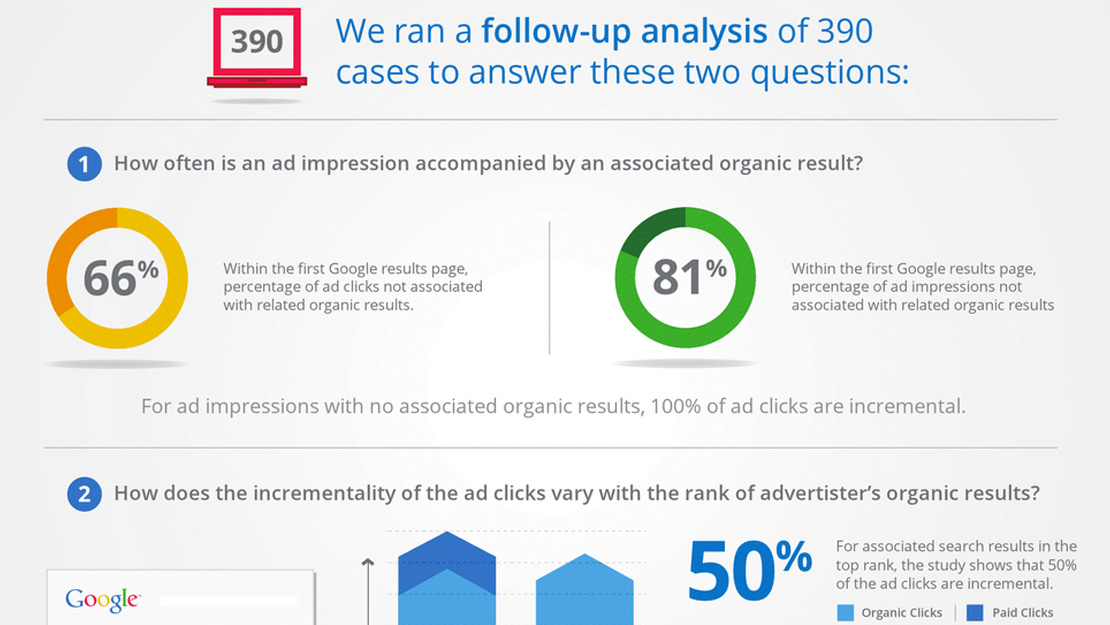We live in a user-generated content age. So it's not surprising that brands are increasingly using social media to engage and deepen their relationship with consumers. But not all engagement is equal, argues the Wharton School's Pinar Yildirim. To reach the people that matter most, brands need to sidestep two common pitfalls - sensational content and minority opinions.
Smarter Engagement: Bypass Biases in Social Media
An adrenaline rush accompanied the arrival of Web 2.0. With nearly anyone able to create and spread content, it promised to revolutionize the way companies did business. But some of that adrenalin came from fear as well: many media managers saw user-generated content, or UGC, as a threat to their survival, an Accenture survey found. Many brands, however, seized it as an opportunity and started weaving UGC into their digital presence.
UGC can be any kind of content created by amateurs rather than professionals. Blogs, podcasts, YouTube videos, news by citizen journalists on CNN, and even 140-character Tweets are all examples of what I mean by UGC.
We know it’s good to engage your customers. It’s not true, however, that any engagement is good engagement. Brands should not have blind faith in high numbers. Instead, media managers’ goal should be meaningful interactions that deepen relationships with their best customers.
The right metrics in social media are crucial, but interpretation is just as important and this is where I’m going to focus. When it comes to social media content, there are two tendencies to be wary of — sensationalism and extreme opinions.
Avoid the Sensationalism Trap
We live in Andy Warhol’s predicted future where everyone is famous for 15 minutes. The barriers for content production have never been lower. Anyone with a mobile phone has the chance of being at the right place, at the right time and capturing content that could spread around the world. But dealing with anyone means professional responsibilities, boundaries, and quality control often don’t apply. With anyone, stories are not fact checked or vetted.
To be heard above the din, there is a temptation to resort to tabloid-like tactics and headlines. How many Tweets pique your curiosity but then fail to deliver on substance? Or how many posts do you see headlined with misleading and emotional titles? This is called sensationalism in traditional journalism, and it can be a dangerous game for brands to play.
So, my first piece of advice for managers is: do not to fall into the sensationalism trap and be careful how you interpret social media. Emotional, controversial, or exaggerated messaging might attract attention — and even boost your social media fans or followers’ number in the short term — but are people really buying into your brand? Moreover, could it be harmful in the long term? If brand-related content is going to chime in on the topic of the moment, make sure it does so in a way that ties back to your brand and what it stands for.
Engage the Silent Majority
It is no secret that many people on social media simply reshare or aggregate others’ content rather than creating original content. A chain of biases power this repetition of content and opinions. If we look at the river of information flowing across the social media landscape, it is dominated by the opinions of few influential people, or a vocal minority, rather than the opinions of many. The majority is rarely heard on social media.
Why? Engagement in social media varies among people, and not in a random manner. The people who create the most content tend to come from the polar ends of the spectrum, not the middle. Product ratings, for example, are likely to be written either by consumers who love a product or hate it. Comments on political news stories are more likely to come from people with extreme views.
This brings us to my second piece of advice. When social media’s most active users are consumers with polarized opinions, managers must carefully interpret the data they gather from it. It can be detrimental when companies – and big data analysts – treat the opinions of a small, and possibly polarized, vocal group as representing the opinions of the rest.
Managers should seek out opportunities to bring the silent majority into the conversation. Consumers who seem more engaged due to their extreme positions on issues are not necessarily your most valuable potential customers.
By interpreting social media carefully, brands can better equip themselves to benefit from opportunities and learn to authentically engage the people that matter most.







